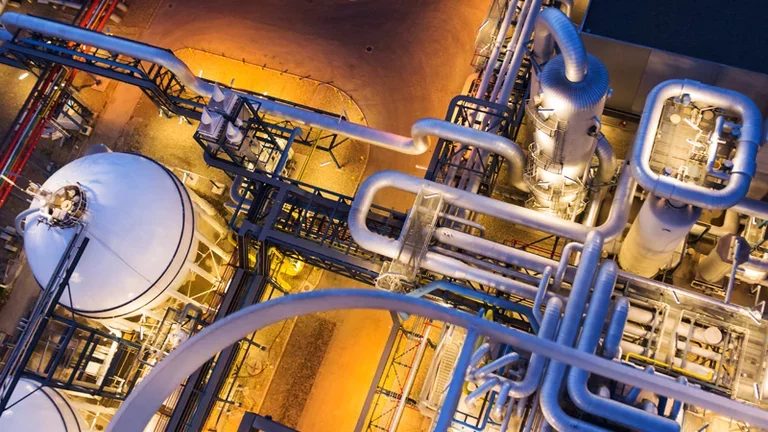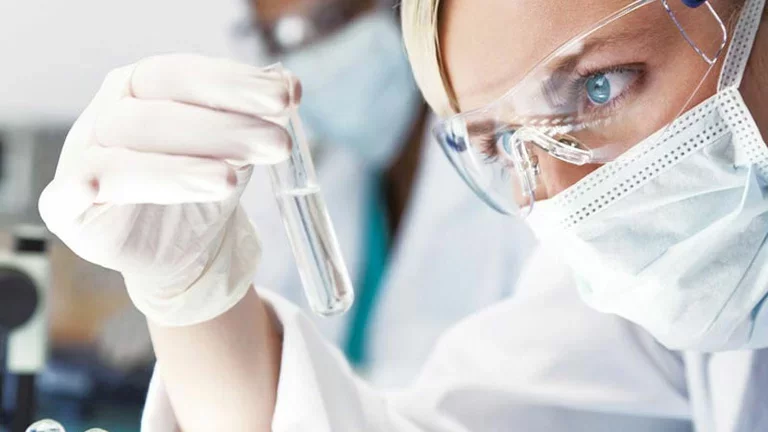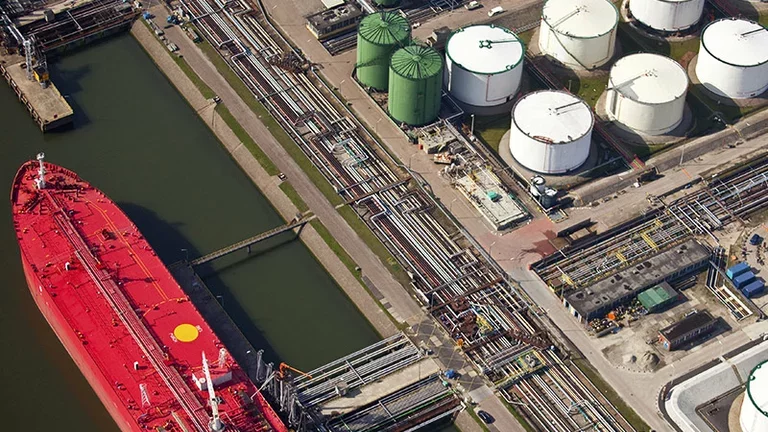
Air
- CAS Number 132259-10-0
- UN1002 (gas)
Liquid / Gas Volumes
Calculate the volume or mass of a quantity of gas or liquid
Liquid Phase
At boiling point at 1.013 bar
Gas Phase
In standard conditions (1.013 bar, 15°C)
Physical Properties
Molecule phase diagram showing the transition phases between solid, liquid and gas as a function of temperature and pressure
-
- Molar mass 28.960 g/mol
- Content in dry air /
-
Critical Point
- Temperature -140.70 °C
- Pressure 37.74 bar
- Density 316.61 kg/m³
-
Triple Point
- Temperature
- Pressure bar
Pressure 1.013 bar
| Melting point | - 214 °C |
Pressure 1.013 bar
| Compressibility factor Z | 9.994E-1 |
| Cp/Cv ratio γ | 1.4028 |
| Gas density | 1.292 kg/m3 |
| Heat capacity Cp | 1.0059 kJ/(kg.K) |
| Heat capacity Cv | 7.1709E-1 kJ/(kg.K) |
| Specific volume | 7.738E-1 m3/kg |
| Thermal conductivity | 24.36 mW/(m.K) |
| Viscosity | 1.7218E-4 Po |
| Compressibility factor Z | 9.996E-1 |
| Cp/Cv ratio γ | 1.4022 |
| Gas density | 1.225 kg/m3 |
| Heat capacity Cp | 1.0062 kJ/(kg.K) |
| Heat capacity Cv | 7.1761E-1 kJ/(kg.K) |
| Specific volume | 8.164E-1 m3/kg |
| Thermal conductivity | 25.499 mW/(m.K) |
| Viscosity | 1.7962E-4 Po |
| Compressibility factor Z | 9.997E-1 |
| Cp/Cv ratio γ | 1.4018 |
| Gas density | 1.184 kg/m3 |
| Heat capacity Cp | 1.0065 kJ/(kg.K) |
| Heat capacity Cv | 7.1803E-1 kJ/(kg.K) |
| Specific volume | 8.448E-1 m3/kg |
| Thermal conductivity | 26.247 mW/(m.K) |
| Viscosity | 1.8447E-4 Po |
Applications
Examples of uses of this molecule in Industry and Healthcare

Chemicals
Air is used as oxygen source for the synthesis of many organic compounds, such as ethylene dichloride, acrylonitrile and acrylic acid from propylene. Those three compounds are used for the production of plastics.

Hospital care
Air is used for the ventilation of patients.

Laboratories & Research Centers
Pure air is used to calibrate and run environmental emission monitoring equipement, industrial hygiene monitors and trace impurity analyzers. It is used as a balance gas for many calibration mixtures. Air is also used as combustion oxidizer for gas chromatograph flame ionization detectors and atomic absorption spectrometers.

Metal
Hot air is used for combustion in blast furnaces for the production of liquid metal from iron oxides.

Oil & Gas
Air is used as oxidizing compound in Claus process to convert sulfur into sulfur dioxide. Compressed air is widely used to action pneumatic systems for various equipment and instrumentation.
Safety & Compatibility
GHS04
Gas under pressure
Odor
none
Metals
| Aluminium | No data |
| Brass | No data |
| Monel | No data |
| Copper | No data |
| Ferritic Steel | No data |
| Stainless steel | No data |
| Zinc | No data |
| Titanium | No data |
Plastics
| Polytetrafluoroethylene |
Violent reaction (oxidation/burning)
Acceptable
|
| Polychlorotrifluoroethylene |
Violent reaction (oxidation/burning)
Acceptable
|
| Polyvinylidene fluoride |
Violent reaction (oxidation/burning)
Acceptable
|
| Polyvinyl chloride |
Violent reaction (oxidation/burning)
Acceptable
|
| Ethylene tetrafluoroethylene | No data |
| Polycarbonate | No data |
| Polyamide |
Violent reaction (oxidation/burning)
Acceptable
|
| Polypropylene |
Violent reaction (oxidation/burning)
Acceptable
|
Elastomers
| Butyl (isobutene- isoprene) rubber |
Violent reaction (oxidation/burning)
Acceptable
|
| Nitrile rubber |
Violent reaction (oxidation/burning)
Acceptable
|
| Chloroprene |
Violent reaction (oxidation/burning)
Acceptable
|
| Chlorofluorocarbons | No data |
| Silicone |
Violent reaction (oxidation/burning)
Acceptable
|
| Perfluoroelastomers |
Violent reaction (oxidation/burning)
Acceptable
|
| Fluoroelastomers |
Violent reaction (oxidation/burning)
Acceptable
|
| Neoprene | No data |
| Polyurethane |
Violent reaction (oxidation/burning)
Acceptable
|
| Ethylene-Propylene |
Violent reaction (oxidation/burning)
Acceptable
|
Lubricants
| Hydrocarbon based lubricant |
Violent reaction (oxidation/burning)
Acceptable
|
| Fluorocarbon based lubricant |
Violent reaction (oxidation/burning)
Acceptable
|
Materials compatibility
Learn More
More information
The initial measurements of the constituents of air, with the exception of argon, were improved and summarized in the early 1800s by John Dalton. Earth's atmosphere is 78.09 % nitrogen, 20.94 % oxygen, 0.93 % argon, and 0.04 % carbon dioxide with very small percentages of other elements (neon, helium, krypton, methane, hydrogen, xenon and radon).